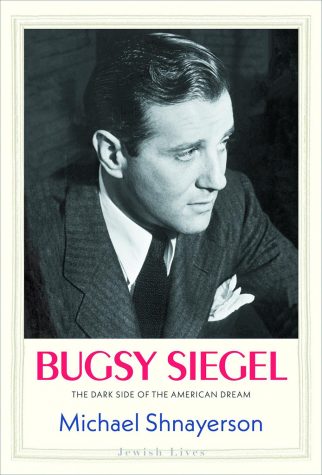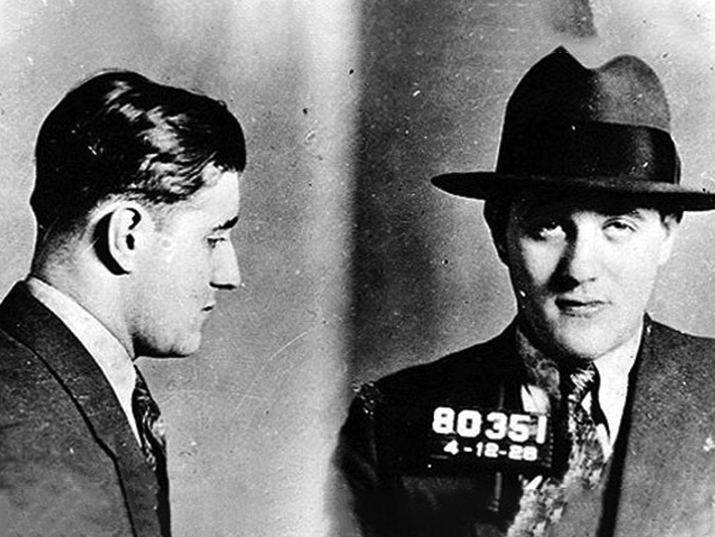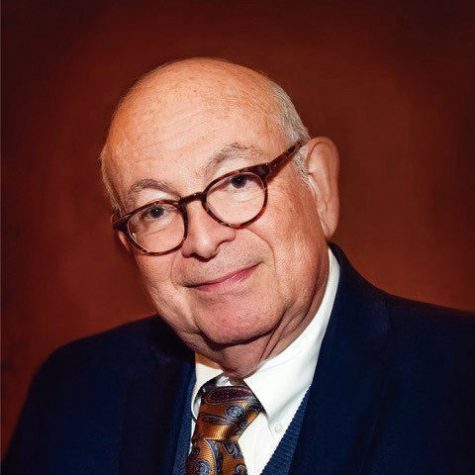Biography chronicles career of big time Jewish gangster Bugsy Siegel
Published June 1, 2021
The critically and scholarly acclaimed Jewish Lives Series of the Yale University Press has showcased and celebrated such exemplary persons as King David, Moses Maimonides, Baruch Spinoza and Louis D. Brandeis—all admired for their intellect, wise leadership and admirable qualities, which far outweigh their faults and mistakes.
Thus it came as a shock to followers of the Yale series that its most recent volume is a biography, “Bugsy Siegel: The Dark Side of the American Dream,”($26, Yale University Press) by Michael Shnayerson, a longtime Vanity Fair contributor and author of several books on a variety of topics.

What’s going on here? Why would a series of biographies of esteemed Jews publish a swift-paced life story of one of the most vicious organized gang figures in American history, Benjamin “Bugsy” Siegel (1906-1947).
Siegel’s path to achieving the American Dream began when he was a feral 12-year old street urchin in New York’s teeming Lower East Side, where he and his childhood best buddy Meyer Lansky shook down Jewish pushcart owners for “protection” cash and then went on to a career in co-founding the National Crime Syndicate and to founding the fabled Flamingo Hotel in Las Vegas.
To claw his way to the top of the blood soaked crime pyramid, the Hollywood handsome, expensively dressed Siegel gained enough enemies that it came as no surprise to law enforcement when his lethal life ended in a hail of bullets fired from outside the Beverly Hills living room of his gun moll girlfriend Virginia Hill on June 20, 1947. Hill had stolen Siegel from his wife. His murder has never been solved, partly because there were scores of fellow gangsters and victims of his countless crimes who wanted him dead.
Readers may be surprised at the substantial number of Jews involved in organized crime. In addition to Siegel and Lansky, there were such other figures as Arnold “The Brain” Rothstein believed to have planned the 1919 Black Sox Scandal; “Big Greenie” Greenberg, a flashy hit man and Louis “Lepke” Buchalter, the sadistic head of Murder, Incorporated, the enforcement arm of the National Crime Syndicate.
Shnayerson describes the plan Siegel and Lansky hatched with Mafia boss Charles “Lucky” Luciano to create a superstructure for the major Italian, Jewish and Irish gangs in major cities across North America. Lansky in effect became the Chief Financial Officer of the Syndicate with the full backing of the feared Bugsy Siegel.
Siegel was portrayed by Warren Beatty in the popular 1991 biopic “Bugsy,” in which Annette Bening played Virginia Hill. Shnayerson describes the mutual fascination between Hollywood and major crime figures like Siegel who looks like he was sent from Central Casting with his $500 suits and steel blue eyes. Siegel would host lavish parties at the Flamingo Hotel whose guest lists would include George Raft, Edward G. Robinson and Frank Sinatra, among others.
Jewish gangs in part were formed in American cities by self-described “tough guys” who worked out in gyms to protect Jewish kids from rival Italian, Irish and Polish hoodlums The Jewish gangs were feared and respected. You didn’t want to mess with them. Shnayerson quotes Cary Grant as saying, “If Benny wants you to be his friend, you be his friend.”
There are numerous references in this book on how Siegel and his Jewish criminal friends expressed their Jewishness. A rabbi officiated at Siegel’s synagogue. An Orthodox hit man tried to avoid killing people on Shabbat. Siegel put his brother through medical school to make his family proud that one of their sons could have a respectful career.
Some of the gangsters plotted to kill Italian Hitler ally Benito Mussolini and to sabotage Nazi espionage. Both Lansky and Siegel donated funds toward the establishment of Israel, Shnayerson writes.
When millions of East European Jews flooded into New York and other big cities they found the streets were not paved with gold. In order to make it in America many Jews became successful in business, law, medicine or as novelists and poets. Others became boxers or entered the criminal underworld.
While we may not be proud of Jewish gangsters like Siegel and Lansky, they are a fascinating subset of Jewish Americans who are described in vivid detail in Michael Shnayerson’s engrossing and entertaining book.
















